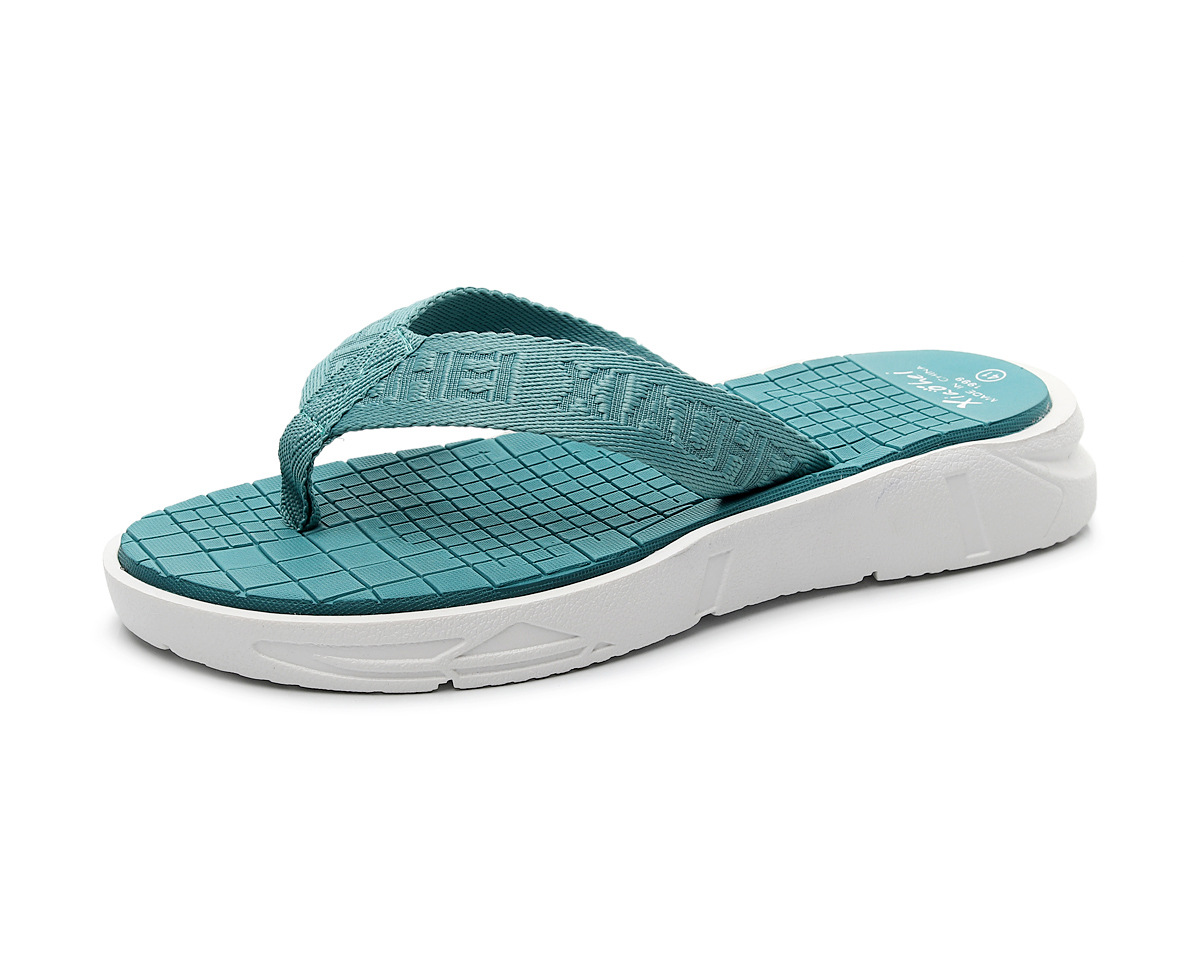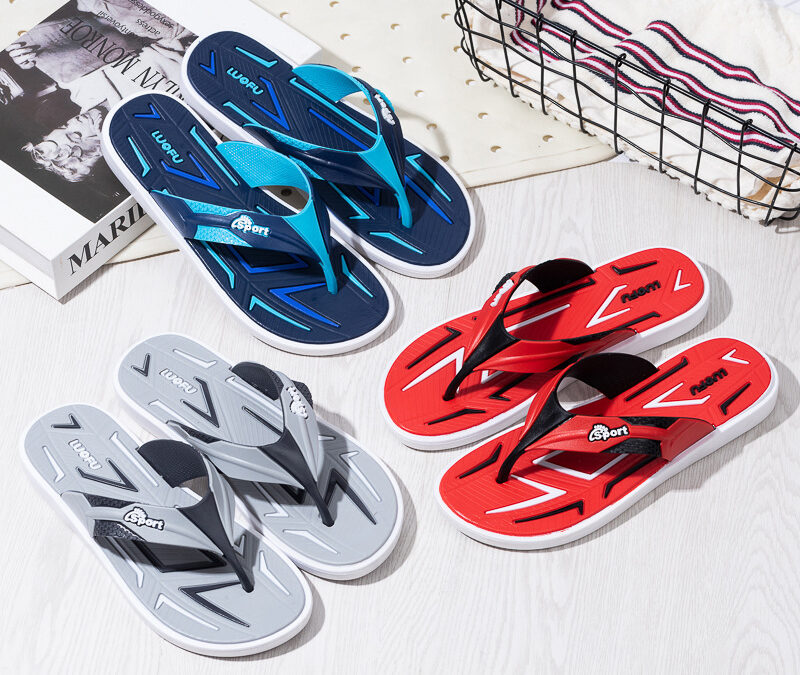Simples, barato e infinitamente versátil – o humilde chinelo consolidou seu lugar como um dos sapatos mais comprados e usados em todo o mundo. Também comumente chamadas de sandálias tanga ou slides, flip-flops have enjoyed a surge in popularity in recent decades that shows no signs of slowing. Their convenient design makes them a staple for leisure activities and casual everyday wear across seasons and demographics.

Origins And Evolution
Scholars trace flip-flops’ origins to ancient Mesopotamia, Greece and Egypt where early versions were fashioned from materials like rubber, wood, grass or leather. In the early 20th century, flip-flops became entrenched in Hawaiian and Brazilian beach culture and were handcrafted locally.
Post-World War 2, mass production techniques lowered costs and expanded geographic appeal. Rubber soles delivered improved traction and durability. Innovations like adjusting straps and arch support catered to different foot shapes. New materials like EVA foam, plastic and cork provided lighter weight options.
Pop Culture Icons
Movies from the 1960s that featured carefree Southern California beach lifestyles imprinted flip-flops in the public consciousness worldwide. Iconic brands like Havaianas and Reef cemented their dominance. Musical artists and celebrities openly wearing flip-flops for relaxed looks boosted popularity further.
Boom In Casual Fashion
Today’s workplace casual dressing norms paired with active lifestyles cement flip-flops’ place in closets. They pair with everything from bathing suits to jeans and dresses. Flip-flops suit hot weather activities like camping, water-parks and beach visits while also providing ventilation for tired, sore feet.
Variety And Customization
Consumers now choose from an astonishing array of flip-flop styles. Classic rubber thongs exist alongside closed-back designs, platform heels, wedge sandals and crochet or bejeweled versions. Brands like Fit Flop integrate ergonomics while embracing vibrant colors and prints. Sites like Etsy offer personalized, one-of-a-kind thong sandal designs.
Market Success
Market research firms value the global flip-flop market size at over $15 billion annually with projections of 5% growth. Regional tropical climates and developing world markets sustain demand. Mass merchandisers ensure year-round availability. Stylish designs are displayed in shoe stores beside formal footwear. Luxury brands incorporate premium materials into high-end flip-flop collections.
In conclusion, with unmatched versatility, affordability and growing consumer acceptance as casual attire, the flip-flop has firmly cemented its status as one of the most ubiquitous footwear items worldwide. Its future looks bright.
